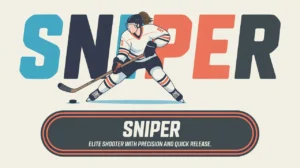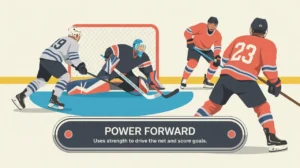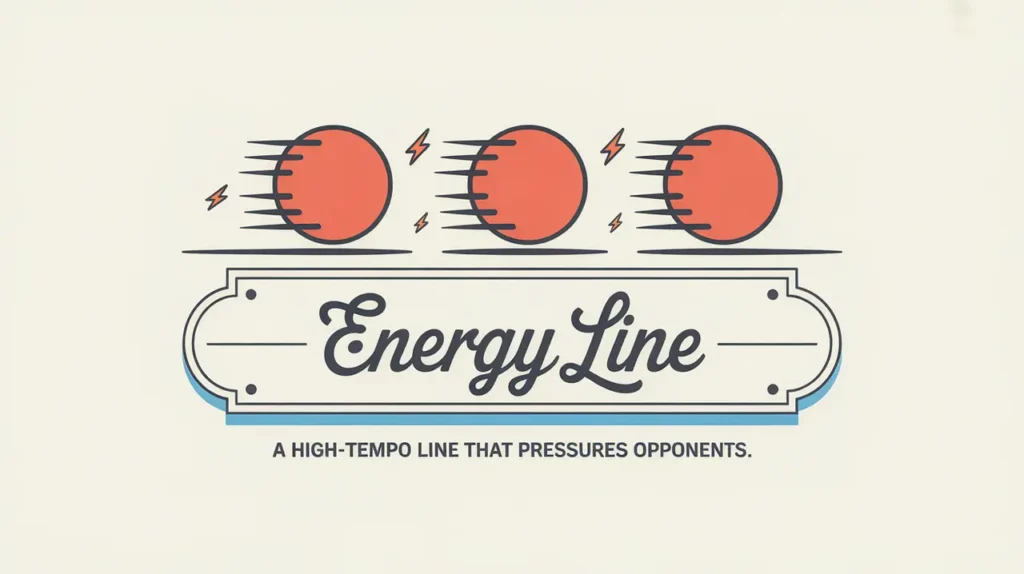Jim’s Intro to Checking Line
Hi folks, Jim here, the only commentator who once thought the “checking line” was part of concessions.
What is a checking line?
A checking line is typically a team’s third forward line, built around players who excel at defensive play, forechecking pressure, and physicality. Their primary job is to neutralize the opponent’s top scoring lines and tilt the ice through grit, positioning, and relentless effort.
How does it work?
Checking lines rely on structure, energy, and discipline:
- Tight Defensive Coverage: Players stick to opponents like glue, limiting time and space.
- Aggressive Forecheck: They apply pressure deep in the offensive zone to disrupt breakouts.
- Physical Play: Clean hits, board battles, and stick work wear down skilled opponents.
- Smart Transitions: When they win the puck, they make simple, effective plays to move it up ice.
- Matchup Role: Coaches often deploy checking lines against the opponent’s top scorers to shut them down shift after shift.
How do you make good decisions with it?
- Play Within Structure: Discipline and positioning matter more than highlight plays.
- Communicate Constantly: Quick reads and switches keep opponents locked down.
- Choose Physicality Wisely: Well-timed hits disrupt; reckless ones hurt your team.
- Know When to Pressure vs Contain: Overcommitting opens dangerous lanes.
- Capitalize on Mistakes: Checking lines can create offense by forcing turnovers in key areas.
How do you master it?
Mastering a checking line takes commitment, trust, and hockey IQ. Players work on defensive zone coverage, forechecking patterns, and quick puck retrievals. It’s about executing a team-first role to perfection.
What does it look like when done right?
A great checking line looks stubborn and suffocating. Opposing stars find no space, turnovers pile up, and momentum shifts as the checking line tilts the ice through work ethic and structure.
Commentator’s Corner
Jim’s Take
A good checking line is like a well-timed mosquito. It’s not flashy, but it’s everywhere you don’t want it to be, and it never stops buzzing.
Parent Tip
Checking line roles build responsibility. Encourage players to embrace these roles. They’re crucial to winning.
Player Tip
Lean into the dirty work. Good checking lines change games by grinding opponents down and flipping momentum.
A Final Thought
The checking line is the heartbeat of defensive reliability. Master it, and your team gains the ability to frustrate the best, swing momentum, and build trust in every shift.









